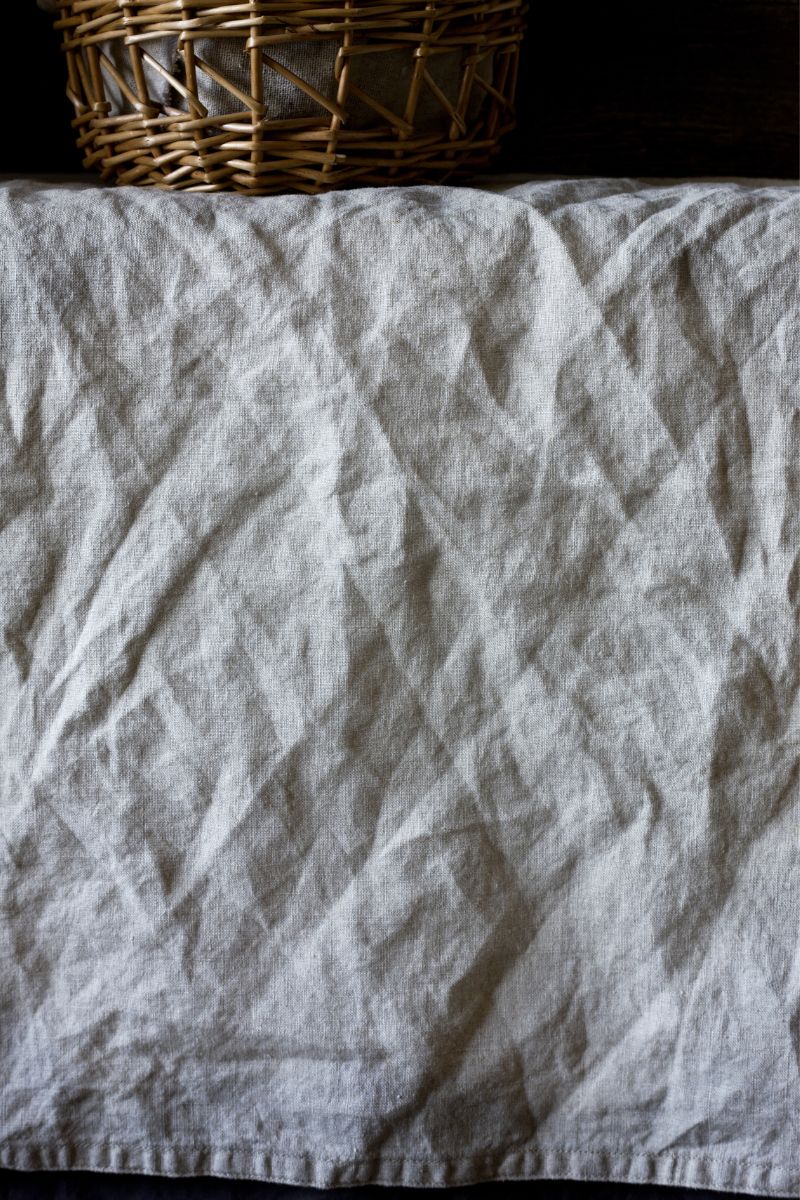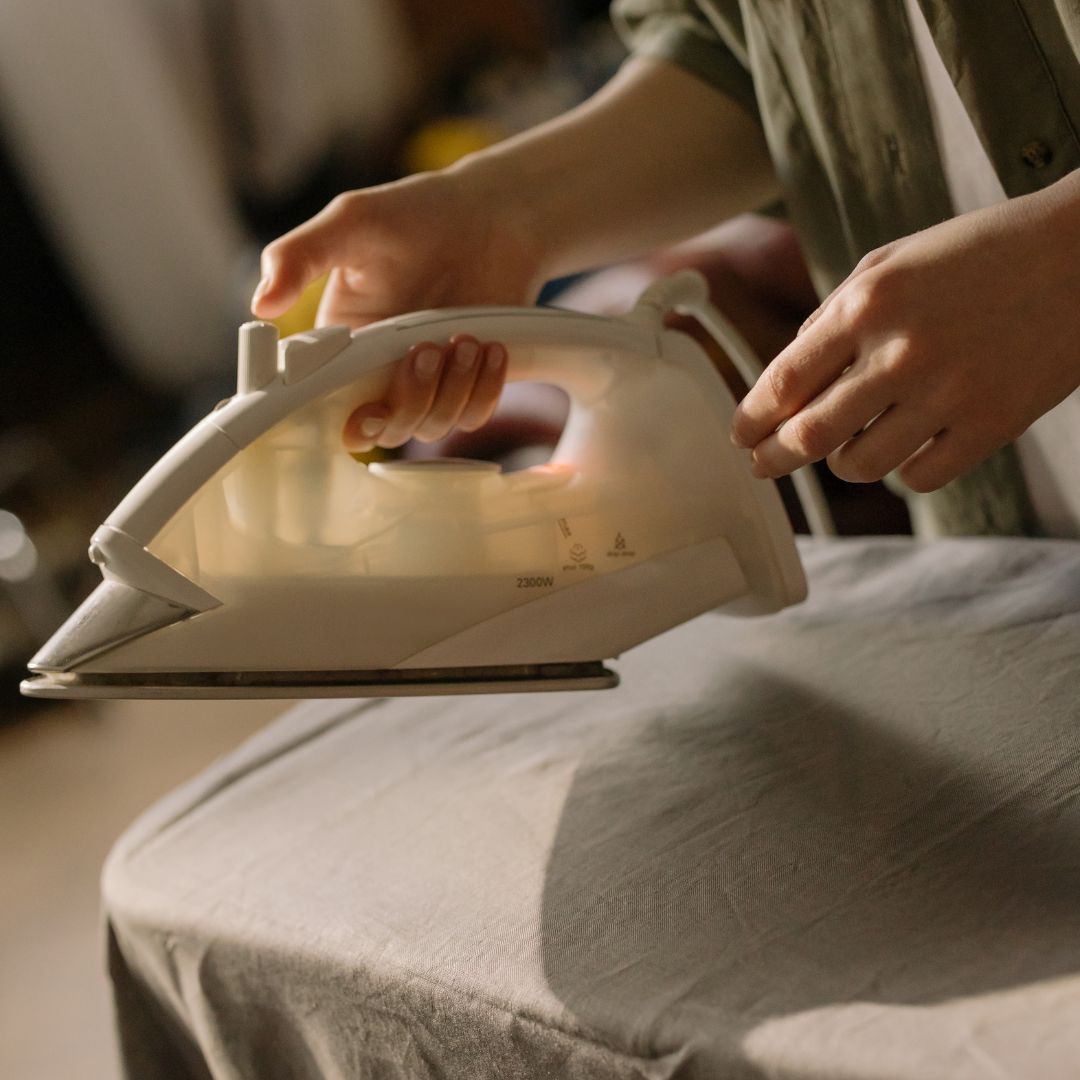Linen tablecloths add a touch of elegance and sophistication to any dining experience. But like all fine textiles, they require special care to maintain their beauty and longevity.
In this guide, we'll explore the best practices for cleaning and caring for linen tablecloths, ensuring they stay pristine and inviting for years to come.
A bit about linen

Originating from the flax plant, linen is a natural fabric that is both durable and delicate. It's revered for its ability to stay cool in summer and retain warmth in winter, making it a year-round favorite for table settings.
However, its unique composition means it demands special care, particularly when it comes to cleaning.
Understanding the nature of linen is the first step in ensuring that your cleaning methods are both effective and gentle. This understanding will set the foundation for the various cleaning techniques that will follow, ensuring that your linen tablecloth remains a timeless addition to your home.
Pre-Cleaning Tips for Linen Tablecloths
 Before you begin cleaning, it's important to prepare your linen tablecloth properly. Different types of stains require different treatments, and addressing these stains before washing can make a significant difference.
Before you begin cleaning, it's important to prepare your linen tablecloth properly. Different types of stains require different treatments, and addressing these stains before washing can make a significant difference.
For instance:
Important!
Avoid hard brushes or abrasive sponges that can damage the linen fibers. Instead, opt for softer options.
Soft cloths, gentle brushes with fine bristles, or even a sponge with a soft side are great choices. These tools can effectively address stains or help with handwashing without being too harsh on the fabric.
Choosing the Right Detergents
When it comes to caring for your linen tablecloths, selecting the appropriate detergent and tools is quite essential. It's a bit like finding the perfect balance – effective enough to clean yet gentle enough to preserve the fabric's natural qualities.
The ideal choice is a mild, linen-friendly detergent. These detergents are formulated to be effective on dirt and stains while being gentle on the fabric.
Look for products labeled as 'gentle' or 'for delicate.' They're usually a safer bet for your linen. Also, consider detergents that are eco-friendly; they're not only good for your linen but also kinder to the environment.
Hand washing Techniques for Delicate Linen

Proper care is essential to extend the life of these pillows:
Machine Washing: Do's and Don'ts
While machine-washing linen tablecloths is a convenient option, it's important to follow specific guidelines to maintain their quality and appearance. Here's a breakdown of the do's and don'ts:
Do's:
Don'ts:
Drying and Ironing Linen Tablecloths

Properly drying and ironing your linen tablecloths is just as important as the washing process to ensure they maintain their quality and appearance.
Here's how to do it right:
Drying Linen Tablecloths:
Ironing Linen Tablecloths:
Conclusion
In conclusion, cleaning and maintaining a linen tablecloth involves a blend of careful handling, appropriate cleaning methods, and regular maintenance. By following these guidelines, you can ensure that your linen tablecloth remains a beautiful and functional part of your dining experience for years to come.










